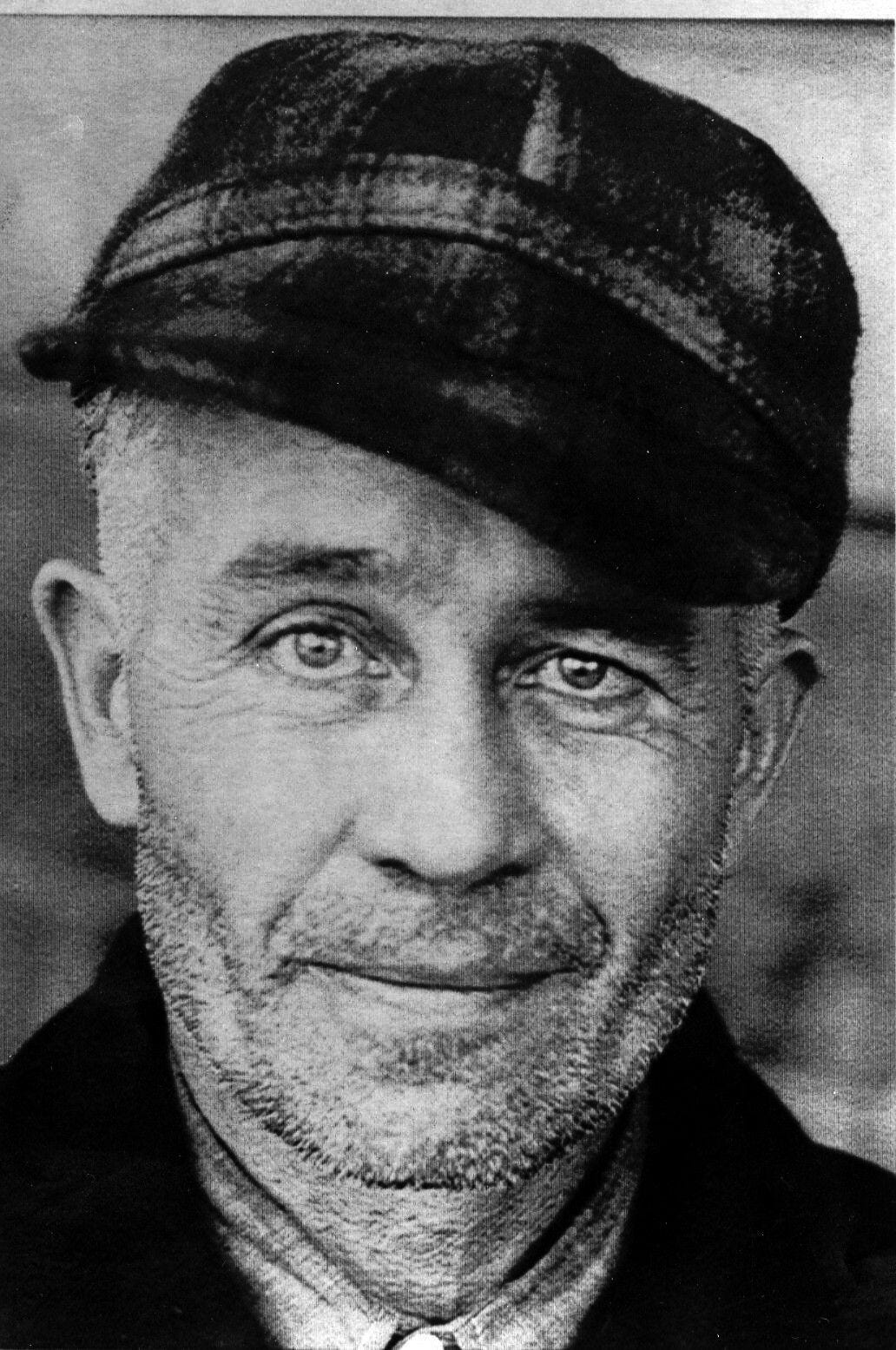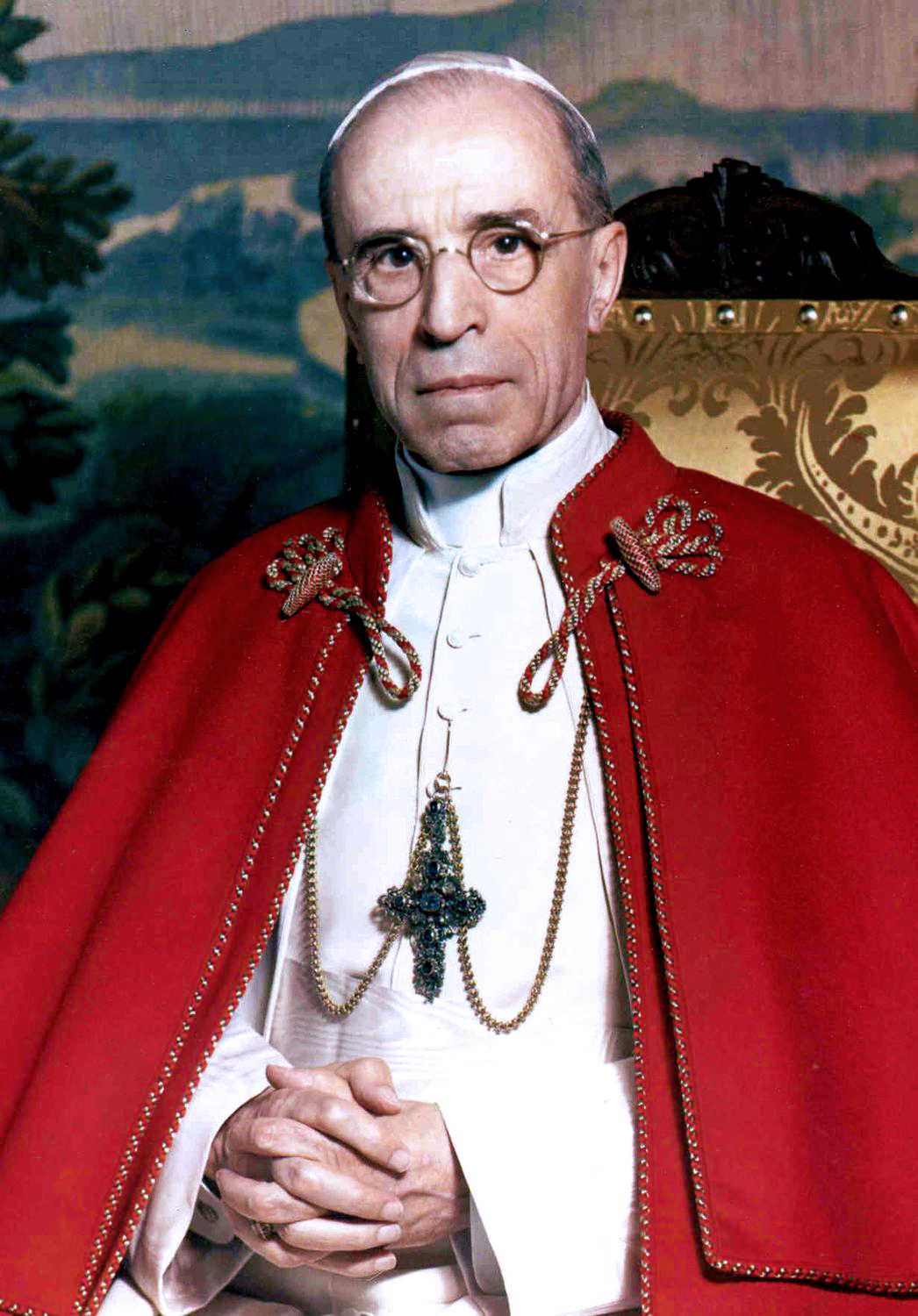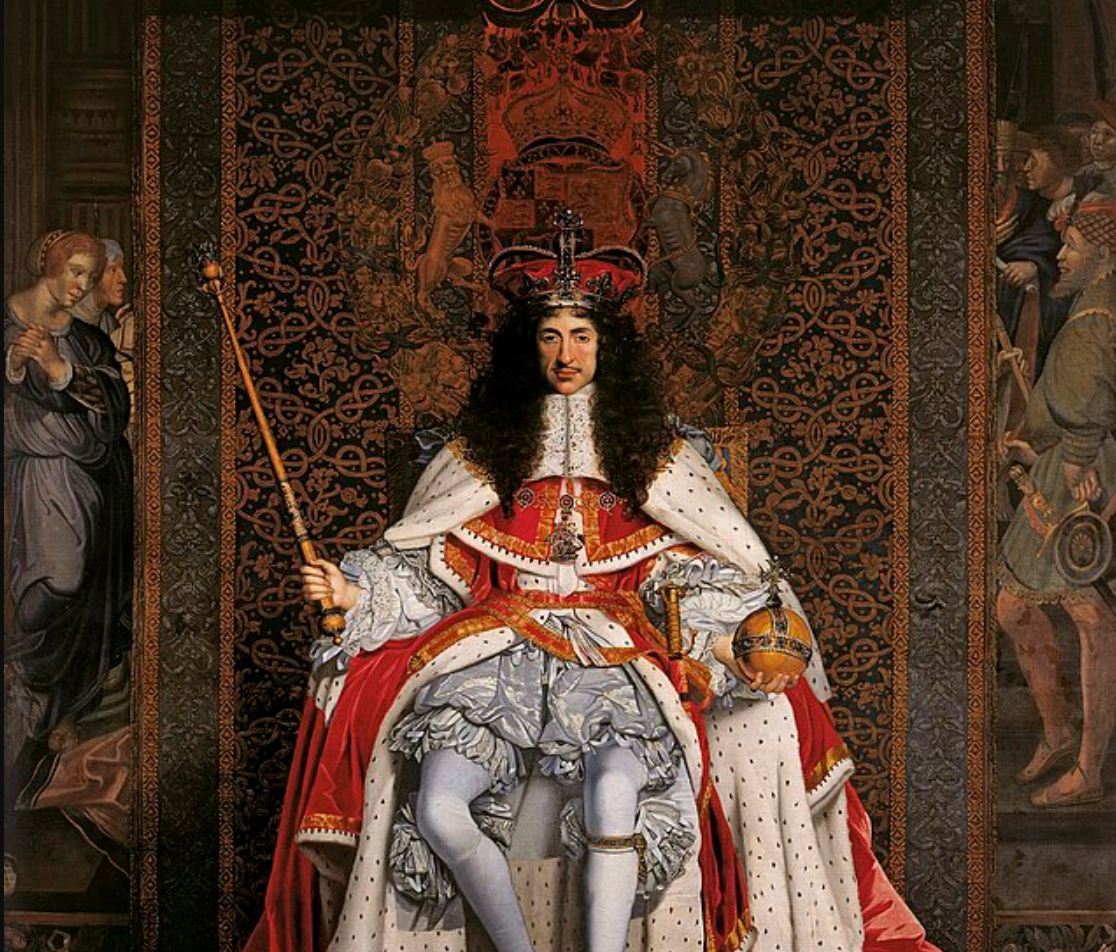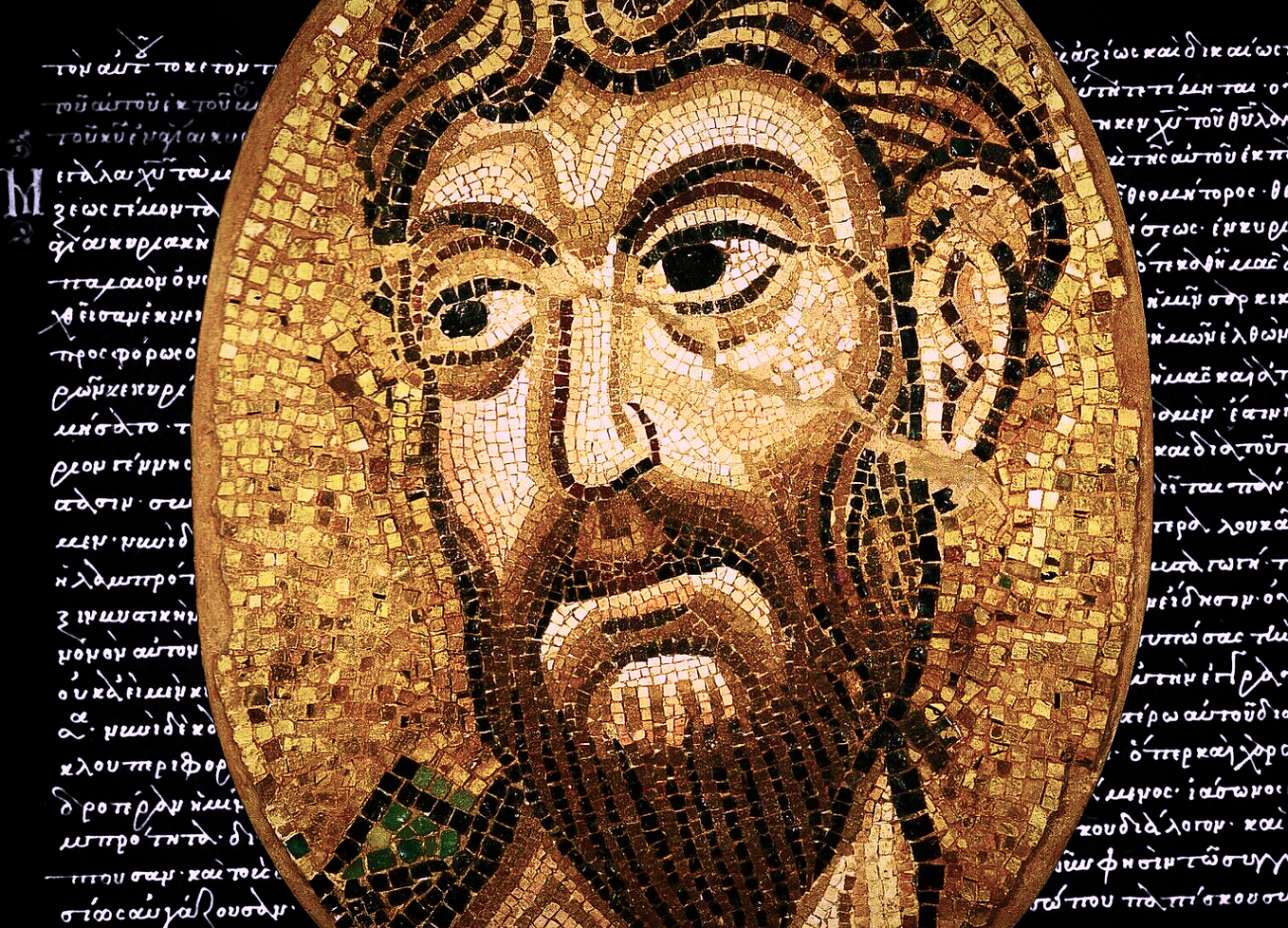John Scott Harrison Got Body-Snatched
The era when human bodies were in high demand
Medical colleges around America needed subjects for their anatomical classes (for aiding learning through dissection), and body-snatching was rife. Grave snatchers profited from stealing corpses from newly created graves and sold it to the institutes for a specified amount.
One of the most famous victims of body-snatching was John Scott Harrison.
Who Was He?
John Scott was one of the notable Congressman from Ohio. He was renowned for being both the son and the father of two separate Presidents of the US. His parents were William Henry Harrison, the ninth US President, and Anna Harrison, the First Lady. His son was Benjamin Harrison, the 23rd President of the US.
Suspicion
In the 1800s, body-snatching was highly prevalent, and when John Harrison passed away on May 25, 1878, everyone had to be extra cautious. When John was about to be buried in North Bend, Ohio on May 29, the people who attended the burial noticed that the grave of Augustus Devin (he had died 11 days prior due to tuberculosis) had been robbed.
The incident threw the relatives of John on the edge, and as an extra precaution, they laid three thick slabs of stone over the casket and cemented the grave shut. They also paid the watchman $30 for 30 days to watch over their father’s remains.
Satisfied that the needful had been done, John Irwin Harrison (Son of John Scott Harrison) and his cousin George Eaton got a warrant to search for Augustus Devin’s cadaver.
Augustus?
John Irwin and George proceeded to Medical College of Ohio to find Augustus’s body as medical colleges were notorious for using cadavers. Escorted by the janitor, they found a 6-month old baby’s remains, a body of a black woman inspected by a medical student, and a hodgepodge of body parts. But not that of Augustus’s.
The duo, along with Detective Snelbaker, found a windlass that was used to transport corpses to upper stories. The rope was taut, and upon pulling it up, they found the body of a relatively fit older man with a piece of cloth covering the face. John was sure that it was not Augustus, as he was a gaunt-looking lad of 23. Upon persuasion by the detective, John opened the cloth.
Much to his disbelief, the body was none other than that of his father, John Scott Harrison. Just 24 hours ago, they had cemented the grave vault and had the security guard watch over it. They conniving body-snatchers somehow found a way to recover the body despite the heavy protection.
Augustus’s body was found in a massive vault containing a pickling solution, where multiple bodies of men, women, and children were found in various states of decomposition.
Anatomy Acts
Due to the disgrace to the revered John Scott Harrison’s body, Ohio, Indiana, Illinois, Iowa, and Michigan updated the Anatomy Acts to include stringent prosecution of the grave-diggers and to authorize the use of unclaimed corpses for medical purposes.
Despite these measures, the demand for cadavers was still high, and body-snatching was practiced until the 20th century. It is probably still prevalent now but is invisible to the public eyes.










